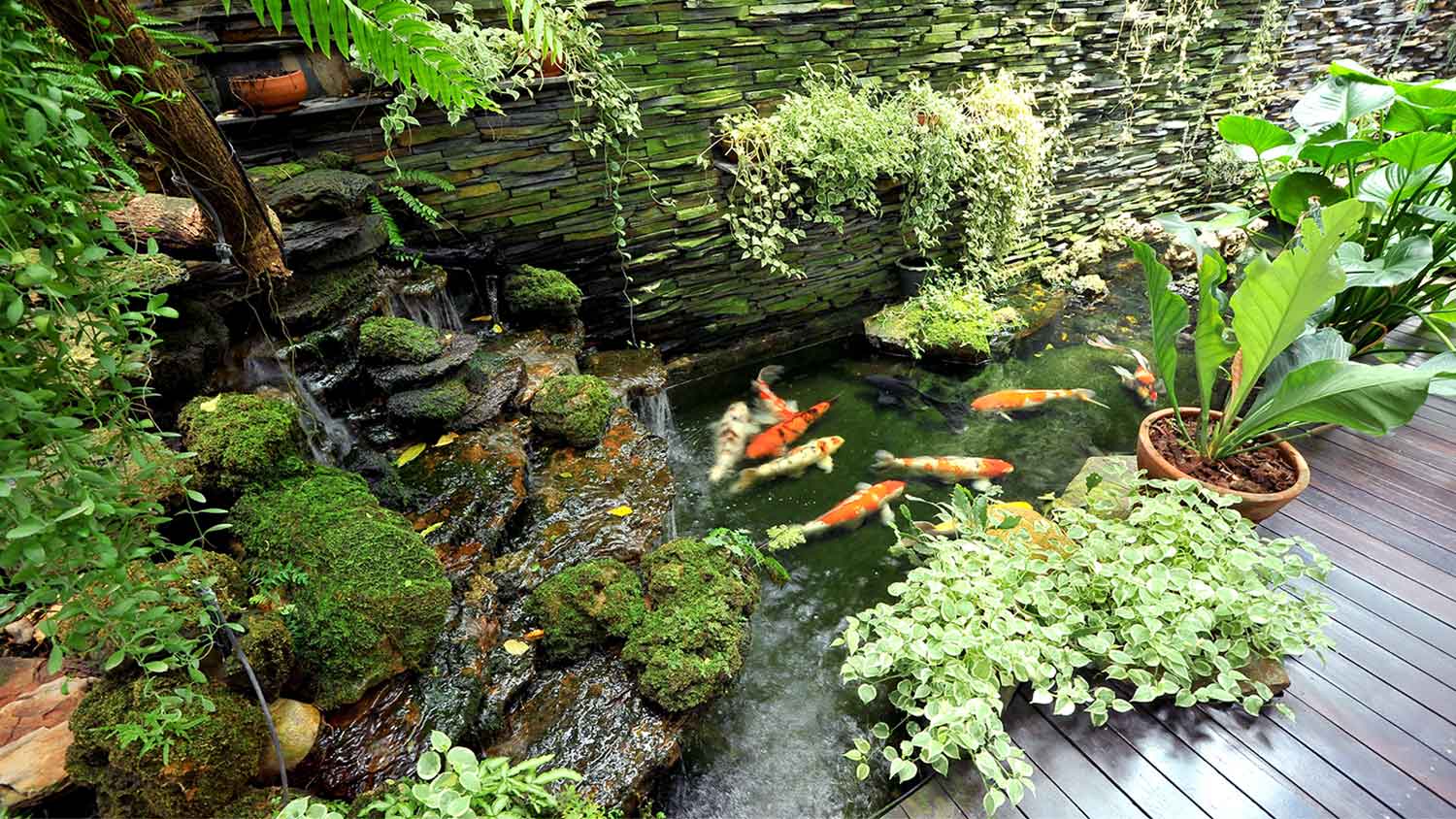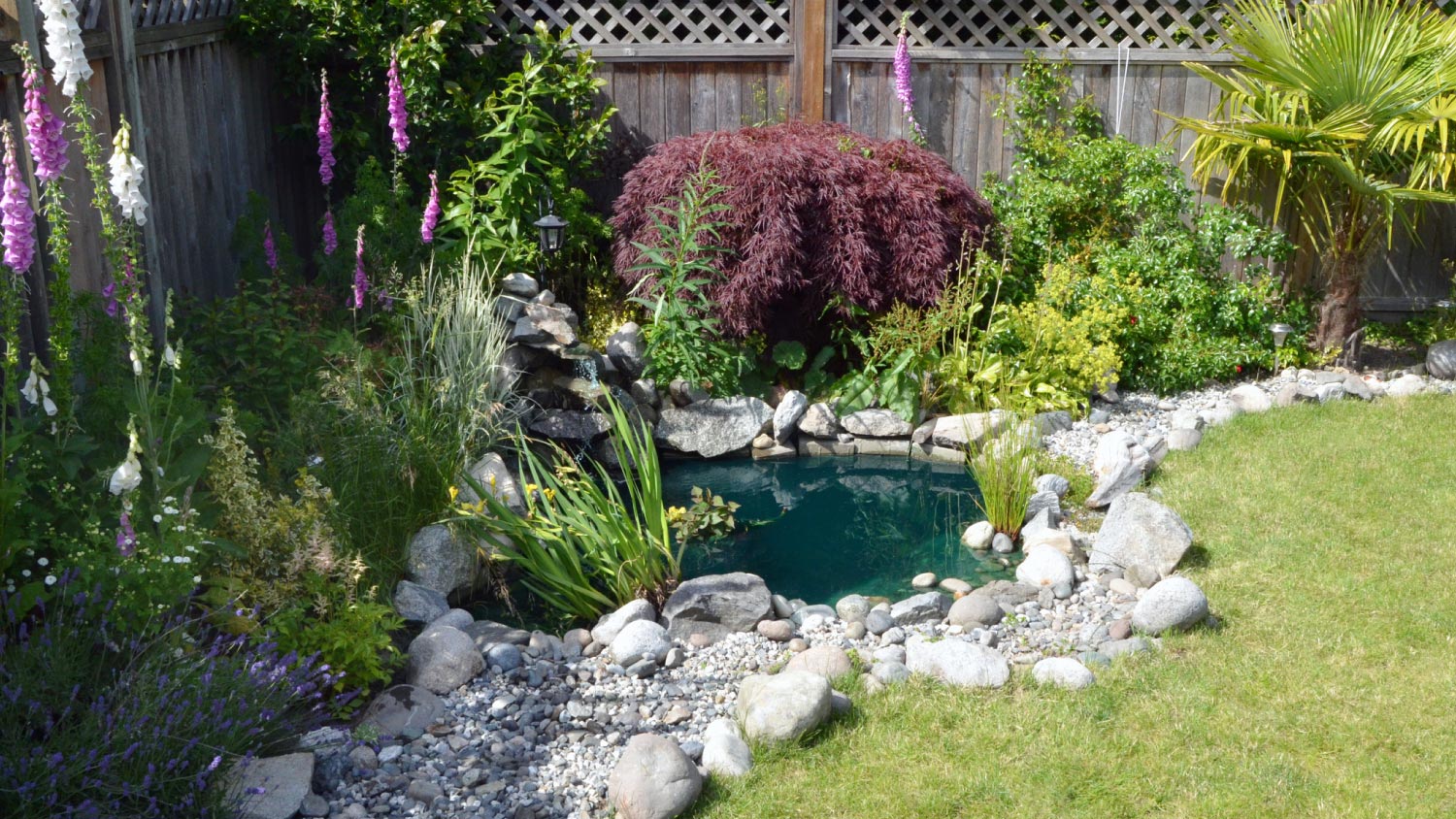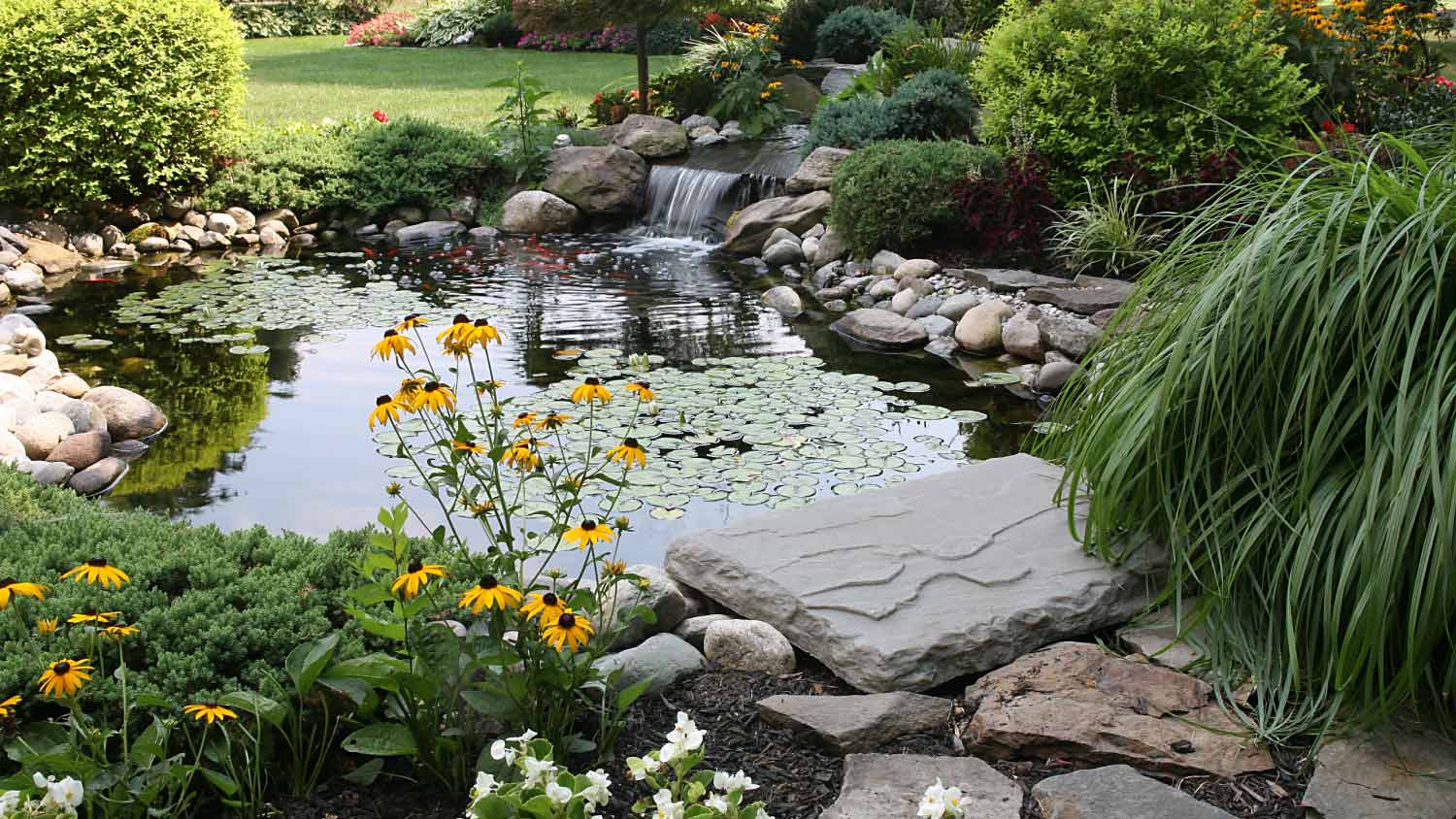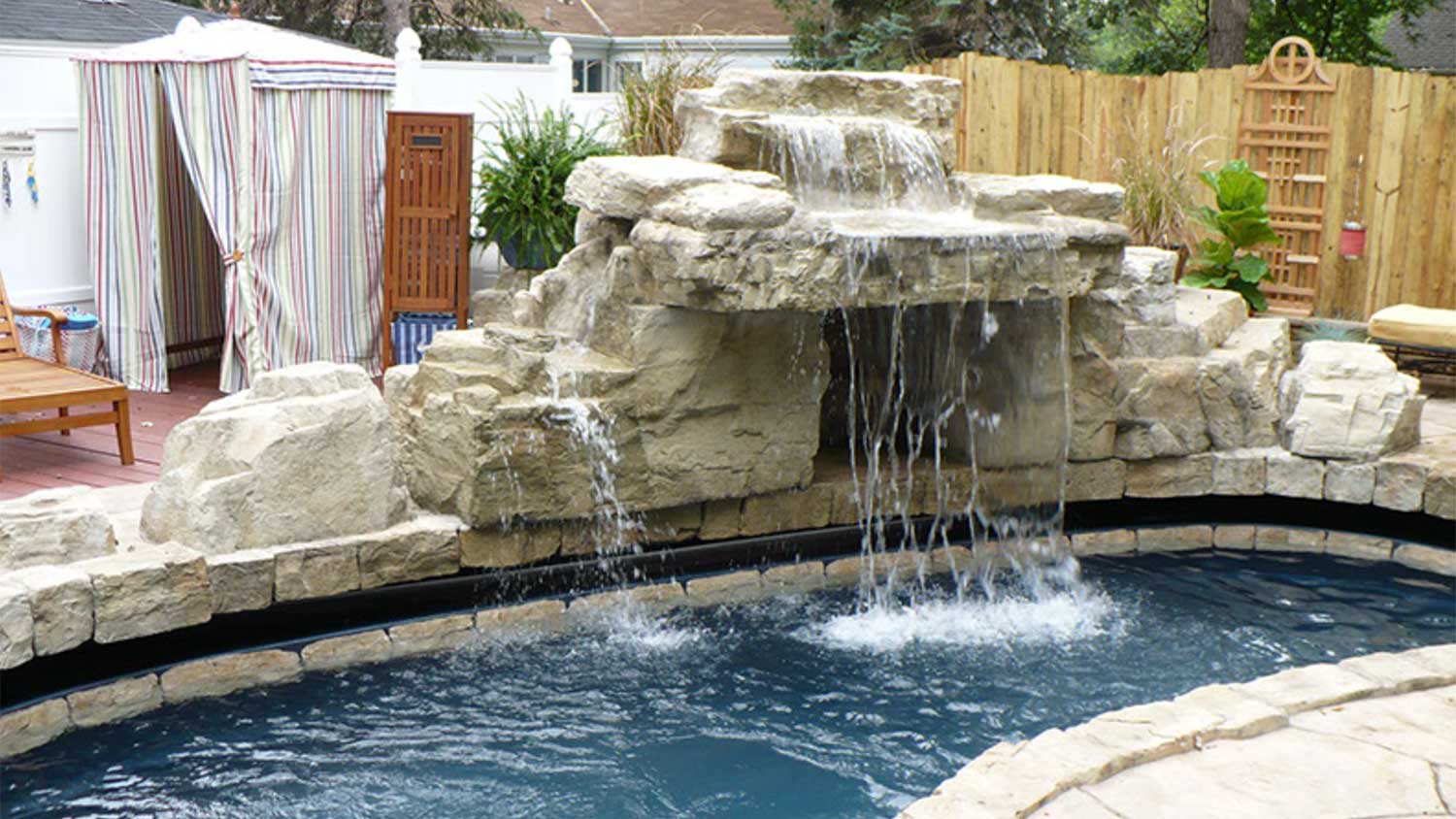
Wondering how much it costs to build a koi pond? Discover prices, cost factors, and tips to plan your dream backyard pond.
Pond dredging costs most homeowners between $7,000 and $30,000, with an average price of $15,000. Costs vary based on pond size, sediment volume, dredging method, and location.


Dredging restores pond depth and improves water quality, making your space safer and more enjoyable.
The main cost factors are pond size, sediment volume, and how accessible the site is for heavy equipment.
Professional dredging can boost your property’s value and ensure you’re following local regulations.
Keeping up with routine pond maintenance helps delay the need for major dredging work.
Additional costs, such as $20 to $60 per cubic yard for sediment removal or fees for debris disposal, may apply.
Pond dredging costs range from $2,500 to $40,000, with an average of $15,000 for most residential ponds. Costs are influenced by pond size, sediment depth, and the chosen dredging method. Homeowners can expect to pay between $20 and $60 per cubic yard of sediment removed, depending on project complexity and regional rates.
Dredging is an important part of pond maintenance that helps keep water healthy, usable, and attractive. This guide covers everything you need to know about pond dredging costs, so you can plan and budget with confidence.
Several key factors influence the total cost of dredging a pond. Understanding these can help you anticipate expenses and make informed choices for your property.
The dredging method you choose has a major impact on both cost and suitability for your particular pond. The three most common methods are mechanical, hydraulic, and manual dredging:
Mechanical dredging uses heavy equipment, such as excavators, to remove sediment. It’s well-suited for larger ponds and those with accessible banks, but can disrupt the surrounding area.
Hydraulic dredging uses pumps and hoses to suck up sediment, making it ideal for deeper or hard-to-reach ponds.
Manual dredging is labor-intensive, best for small ornamental ponds, and has the lowest upfront cost, but is impractical for large volumes of sediment.
Environmental regulations may dictate which methods are allowed, especially if the pond connects to natural waterways. Always check local guidelines before starting.
| Dredging Method | Description | Average Cost Range |
|---|---|---|
| Mechanical | Uses excavators or backhoes; best for large/accessible ponds | $10,000–$30,000 |
| Hydraulic | Uses pumps; suited for deep or remote ponds | $15,000–$40,000 |
| Manual | Hand tools/labor for small, shallow ponds | $2,500–$8,000 |
Pond size, both in surface area and depth, is one of the biggest cost drivers. Larger ponds and those with deep sediment layers require more labor, equipment, and time. Most contractors charge by the cubic yard or acre, with prices ranging from $20 to $60 per cubic yard or $5,000 to $30,000 per acre, depending on the sediment volume and site complexity.
Irregularly shaped ponds or those with varying depths can increase costs, as they require more careful planning and equipment maneuvering.
| Pond Size (Acre/Cubic Yard) | Description | Average Cost |
|---|---|---|
| 0.1 acre (small garden) | Ornamental/small residential | $2,500–$7,000 |
| 0.5 acre | Medium residential or farm pond | $7,000–$18,000 |
| 1 acre | Large residential/farm pond | $15,000–$30,000 |
| Per cubic yard | Cost per unit of sediment removed | $20–$60 |
Most ponds need dredging every five to 15 years, depending on the amount of runoff, sediment load, and local conditions. Ponds located near agricultural or construction areas may require more frequent dredging due to higher rates of sediment accumulation.
While a one-time dredging project may seem costly, regular maintenance can spread expenses over time and help avoid larger, more expensive interventions down the line. If you wait too long between dredging, sediment buildup can increase the overall cost of the project when you finally undertake it.
Dredging often requires specialized materials, especially if you need to prevent sediment from escaping or repair pond structures. Common materials include liners, geotextiles, and silt curtains to contain debris. If the pond liner or banks are damaged during dredging, repairs or replacements will add to the total cost. Sediment and debris disposal fees can also be significant, particularly if the material must be hauled off-site.
| Material/Item | Description | Cost Range |
|---|---|---|
| Pond liner | Replace or repair the liner during/after dredging | $1,000–$5,000 |
| Geotextile fabric | Used for erosion control, silt containment | $500–$2,000 |
| Silt curtain | Prevents the spread of sediment during dredging | $300–$1,000 |
| Sediment disposal | Hauling and landfill or composting fees | $500–$5,000 |
Labor is a major component of pond dredging costs. Projects require a team of contractors, equipment operators, and sometimes environmental consultants. Labor rates for local pond pros range from $50 to $150 per hour, depending on the region and job complexity. If your pond is difficult to access or requires special environmental protections, labor costs will increase.
Mobilization fees—charges for bringing equipment and crew to your site—can range from $1,000 to $3,000 or more, especially for remote locations or large-scale machinery.
Where your pond is located plays a big role in the overall price. Urban areas often see higher labor and disposal fees, while rural sites may have lower rates but higher mobilization costs due to distance. Access is also key: ponds close to roads are easier (and less expensive) to service than those in hard-to-reach areas.
Permitting requirements vary by region and can add both time and cost to the project.
For most residential and ornamental ponds, dredging is recommended every five to 15 years. Farm and stormwater ponds that collect more sediment may require more frequent attention. Watch for signs like reduced water depth, murky water, or increased algae growth—these indicate it’s time to consider dredging.
The best time for dredging is during late fall or winter, when lower water levels and dormant plant life make the process less disruptive and potentially less expensive. Local climate and rainfall patterns can also impact how quickly sediment accumulates, so adjust your maintenance schedule accordingly.
Dredging projects often require extra services that add to your total budget. Here are some of the most common add-ons and their average price ranges:
Sediment testing and environmental assessments: $500 to $2,000
Debris and vegetation removal: $1,000 to $5,000
Bank or liner repair: $1,000 to $5,000
Installation of erosion control measures (riprap, plantings): $1,500 to $6,000
Hauling and off-site disposal of dredged material: $500 to $5,000
Permit application and inspection fees: $200 to $1,500
Restoration or landscaping costs after dredging: $1,000 to $5,000
These costs can vary widely depending on the scope of work and local requirements. Always ask your contractor for a detailed estimate that includes any necessary add-ons.
In some cases, it’s possible to carry out DIY pond dredging, especially if you have a smaller pond that will require manual dredging. While doing the work yourself would save you an average of between $2,500 and $8,000, it’s still worth it to hire a pond professional near you to get the work done. You’ll save yourself quite a bit of time and energy, and a pro will ensure the dredging is done properly.
The cost of labor for pond dredging is expensive, but there are a few important benefits you’ll get from hiring a pro that make it well worth the investment.
Professionals can conduct manual dredging for smaller ponds, but can also tackle larger projects using heavy machinery or hydraulic pumps.
Pros will restore your pond to its proper depth, resulting in improved pond health, a more aesthetically pleasing appearance, and increased space for plants and wildlife.
Experts will always follow local regulations, which include guidelines for dredging to maintain environmental health.
Pros can carry out additional services that you may need for comprehensive pond care, including bank repair, sediment testing, water treatment, and more.
It’s best to leave most of the work to your professional, but there are some things you can do to prepare for your pro’s arrival that can save time and money.
Make sure your pro has easy and direct access to your pond, which may involve temporarily taking down gates or fences.
Remove accessories, like floating fountains, lights, and light décor, to ensure your pro can get to dredging right when they arrive.
Make sure your pros have easy access to water and electricity sources near the pond.
Review local dredging regulations and take any necessary precautions, like relocating wildlife, if required.
Ask your professional what methods they use for dredging, and confirm which they recommend for your pond.
Confirm that your pro will follow all local regulations, and make sure they’ll pull all permits, if necessary.
Ask your expert if they handle wildlife relocation, especially if you’re having mechanical or hydraulic dredging done.
Ask your pro what they do with the sediment they remove to confirm if it will stay on your property and that removal will abide by local policies.
Home is the most important place on earth, which is why Angi has helped more than 150 million homeowners transform their houses into homes they adore. To help homeowners with their next project, Angi provides readers with the most accurate cost data and upholds strict editorial standards. We extensively research project costs to develop the pricing data you see, so you can make the best decisions for you and your home. We rely on reputable sources, including the U.S. Bureau of Labor Statistics, academic journals, market studies, and interviews with industry experts—all to ensure our prices reflect real-world projects.
Want to help us improve our cost data? Send us a recent project quote to [email protected]. Quotes and personal information will not be shared publicly.
From average costs to expert advice, get all the answers you need to get your job done.

Wondering how much it costs to build a koi pond? Discover prices, cost factors, and tips to plan your dream backyard pond.

Discover how much it costs to build a pond. Learn about average prices, cost factors, and tips to plan your backyard pond project with confidence.

Discover the cost to install a fountain in your pond, including average prices, key cost factors, and tips to save money on your pond fountain installation.

Discover the cost to add a waterfall to a pool. Learn about average prices, cost factors, and ways to save on your pool waterfall installation.

Regular outdoor fountain maintenance will keep your water feature looking and working great. Follow these tips to learn how.

Maintaining a koi pond is not for the faint of heart, but the rewards are worth it to keep your koi fish happy and healthy.